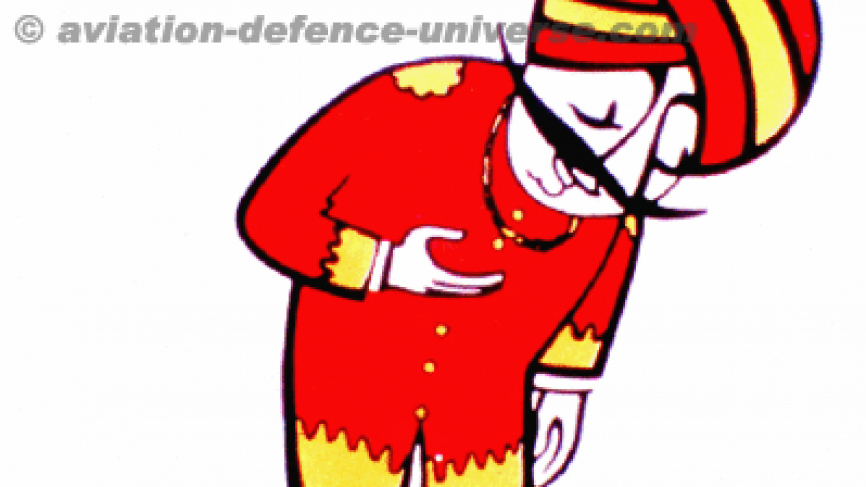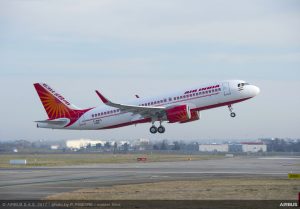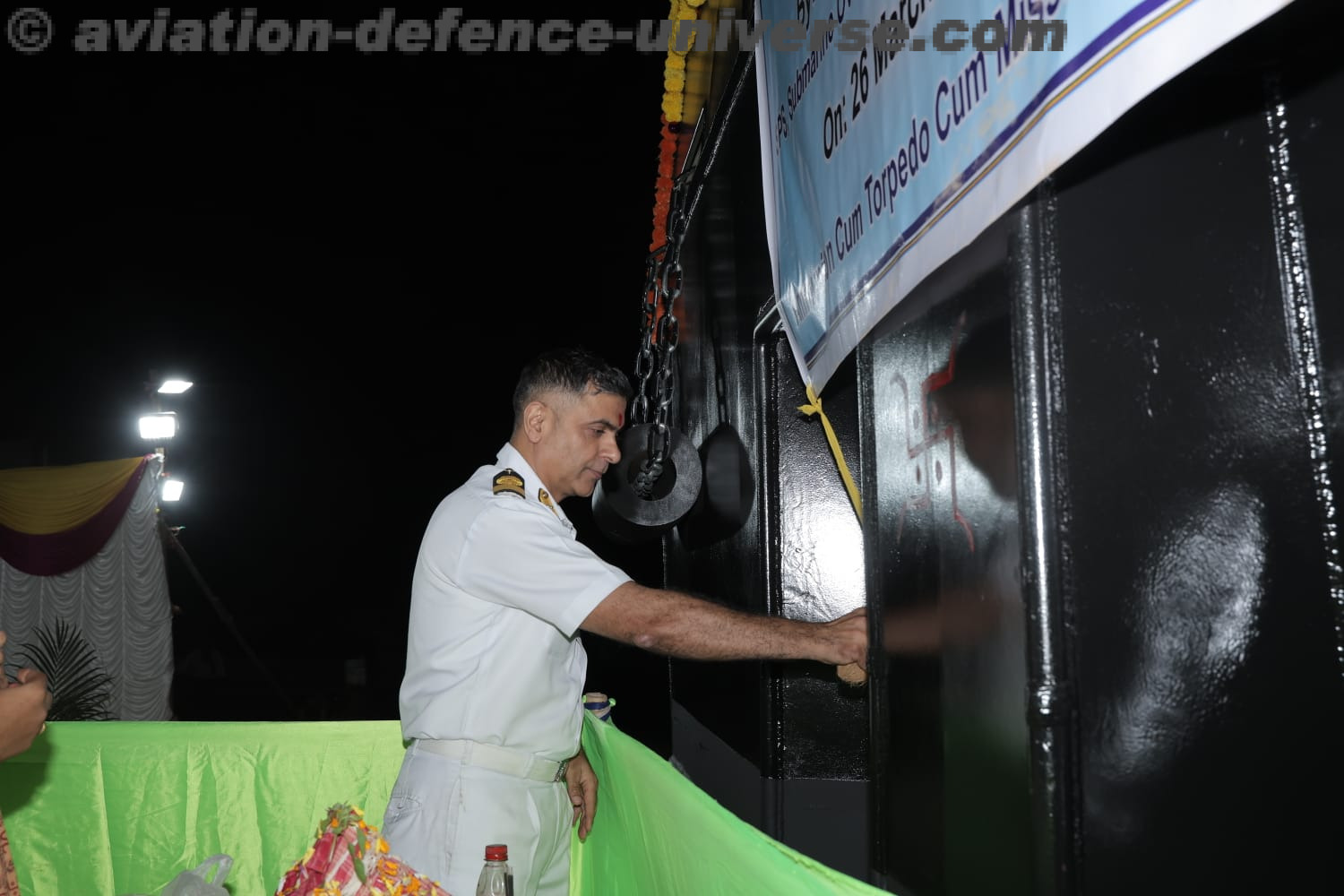
- Government of India says tata to Air India
- Air India might just have got lucky
By Pulak Sen
New Delhi. 19 October 2021. It has been eleven days and the reality is finally sinking in. Air India will remain an Indian airline but no longer Indian government’s airline. October 8, 2021 is a landmark date in the annals of Indian Civil Aviation when the Government of India announced that Air India (AI) and its subsidiaries Air India Express (AIXL) and Air India SATS has been sold to the House of Tatas, the country’s premiere private sector group of companies. And Air Indian has come to a full circle. It will now go back to it’s home of genesis. It may be recalled that Father of Indian Aviation, Late Bharat Ratna J. R. D. Tata laid the foundation of Indian Airlines, predominantly flying on domestic routes.

The Government of India through the Civil Aviation Ministry burdened by the rising debts of the Flag Carrier of the country, decided on the disinvestment of Air India some years ago, but the accumulated losses of the airlines were keeping investors at bay. And finally sun shone from beneath the clouds making Air India’s one way flight from the Indian Government’s runway smooth. Tata Group won the bid and the rest will now be history in the making.
The Government of India will officially hand over the airline to Tatas by December this year. And this shift will bring in a new horizon in the aviation industry’s turbulent skies, in the bargain getting both advantages and challenges to all the stake holders.
Tatas will appoint a new CEO for the airline and the process is underway. It is felt that after the acquisition there are chances of revamping the HODs of the airline. Chances are some of the existing Directors/HODs will be retained for some time, but vital positions in Finance, HR and Commercial are expected to be replaced. The entire board will have members from the Tata Group and perhaps a nominee from the Ministry of Civil Aviation for sometime.
Air India has a fleet of 117 wide-body and narrow-body aircraft and Air India Express has a fleet of 24 narrow-body aircraft. A significant number of these aircraft are owned by Air India. The total fleet strength is 141 aircraft. The Air India fleet consists of 77 A320 family type, three Boeing 747 (two grounded), 16 Boeing 777s and 27 Boeing 787s. Air India Express has 24 Boeing 737s.
It is estimated that the new owners will re-work the existing lease agreements for these aircraft, engines and components to their benefit thereby reducing the outgoings toward these heads to substantial lower level. The new owners might dispose off aircraft such as the 24 Boeing 737s of Air India Express for more fuel efficient aircraft for bettering the operating costs and some of the narrow body and wide body aircraft in its fleet. Assumption is that they may also sell off some of their Boeing 747s and some aircraft may be converted to full freighters. The group will also have to pay around Rs 9,185 crore on account of capitalised lease obligations of 42 leased aircraft, primarily the Boeing 787 Dreamliner aircraft.

The advantages for the new owners are many. They will get to use the existing bilateral air services agreements from the start. As Air India has been a member of Star Alliance the airline will have the benefit of offering its passengers interline access to various parts of the world where Air India may not have its service. They will also have the existing landing and parking rights at international airports, seat sharing agreements, etc. They will retain the frequent flyer programme which has more than 3 million members.
It is felt that the new Management will streamline the aircraft to employee ratio which currently is the highest in India and so on. The management will also rework the several contracts the airline had with OEM, suppliers, and other vendors to their benefit.
If the new management of the airline manages its operations in a professional manner it would earn operating profits from the first year of operations. Air India provides a unique and attractive international footprint. More than two-third of Air India’s consolidated revenues come from the international market. It is the number one player from India in the international market having a strong footprint across geographies like North America, Europe, and the Middle East with attractive slots & bilateral rights.
The take over comes with its own unique challenges and the strength of employees is one of them. Air India (a full-service airline operating in domestic and international markets) has a staff strength of 12,085 employee on its books of which 8,084 of them are permanent while 4,001 are on contract. Similarly, Air India Express (a low-cost carrier with short-haul international operations especially in the Middle East market) has 1,434 employees on its payroll and Air India SATS (airport ground service and cargo handling) has 7,000 employees. The Tatas will have to retain them for a year. If they are retrenched it has to be under a voluntary retirement scheme. Tatas will pay their employees in time hopefully.

The Tatas will retain all employees for a period of one year. In the second year, if anyone has to be removed, they will be offered Voluntary Retirement Scheme . They will be provided gratuity and provident fund benefits as per the applicable law of the land. “ The post-retirement medical benefits of those who have retired and those who will be retiring will also be taken care of by the Government,” Secretary, Ministry of Civil Aviation Rajiv Bansal said.
The other challenge that Air India will face is maintenance of its vast fleet of aircraft, which hitherto was undertaken by it sister organisation Air India Engineering Service Ltd, which is retained by the Government. An airline of the magnitude of Air India will have to regularly perform Maintenance, Repair and Overhaul of its fleet, whether it is line maintenance, A Check , C Check or D Check, it will require the services of a MRO. Either the new management will get into a commercial agreement with AIESL or any other third party MRO. Its is a wait and watch situation.
The Government will be reduced of its burdens of pumping fresh funds to Air India for meeting its financial obligations. It has also retained the land and buildings owned by the airline country wide valued at some Rs. 14,000 crore is be held by Air India Assets Holding Ltd, a SPV created for this purpose by the Government. If it so decides at a later date the Government can recover some of the money it had spent on Air India from time to time. The airline lost around Rs 20 crore per day.
“Air India’s return to the Tata group marks a new dawn for the airline! My best wishes to the new management, and congratulations to DIPAM Secretary and the Civil Aviation Minister,” said Jyotiraditya Scindia, Minster of Civil Aviation.
After the official takeover of Air India and its subsidiaries by Tatas in December this year, it is hoped that the Maharaja will make immense progress from January 2022. Other Indian carriers will feel the pressure from the new Tiger on the block.
(Pulak Sen is the Founder Secretary General MRO Association of India. The views in the article are solely the author’s. He can be contacted at editor.adu@gmail.com)





















































































































